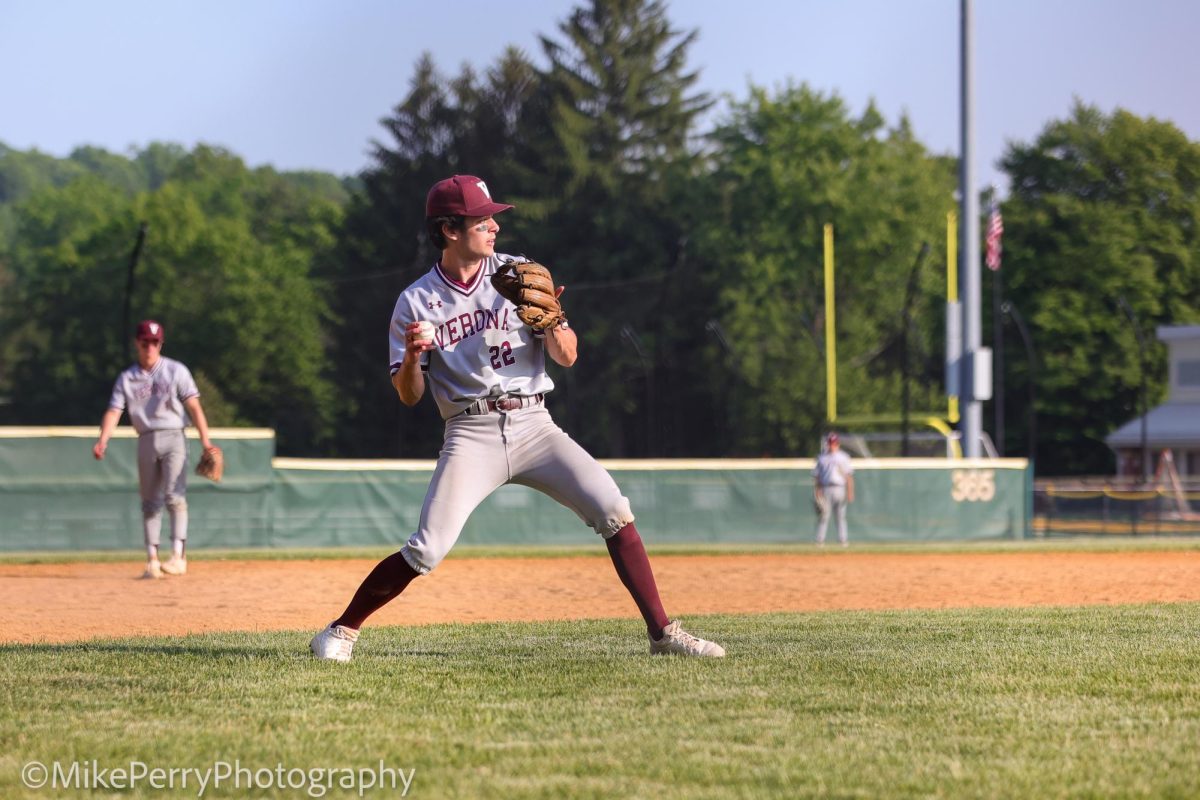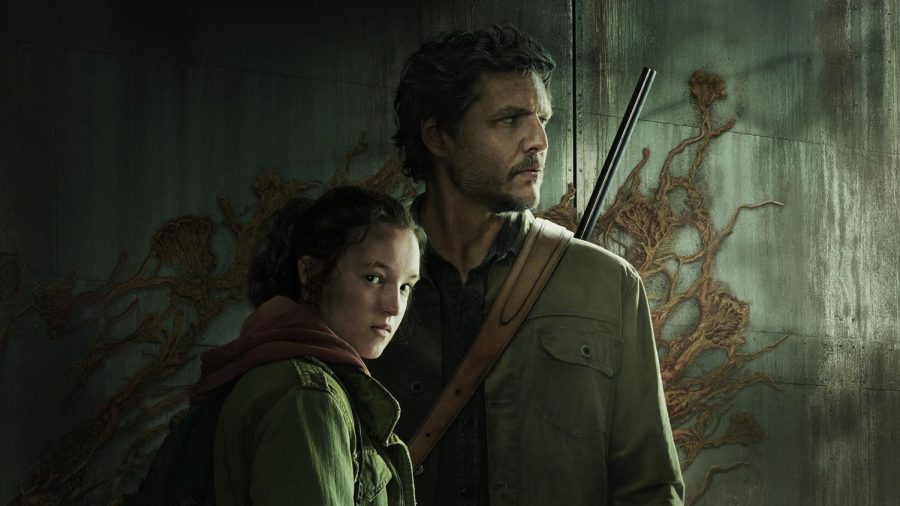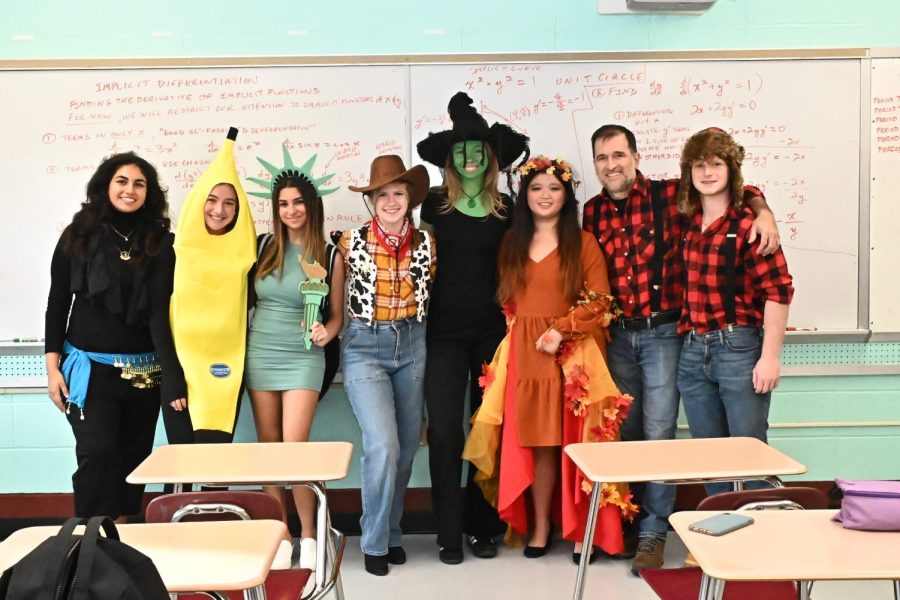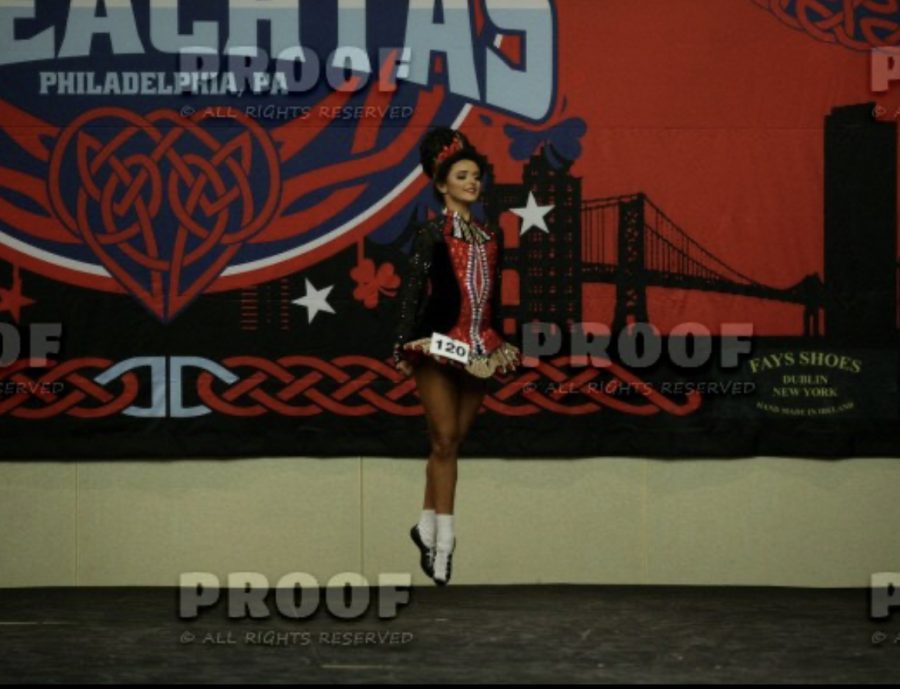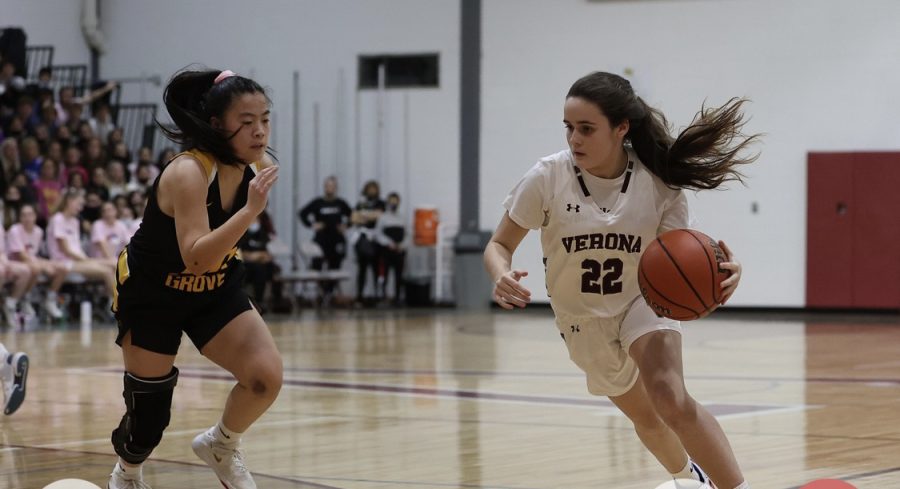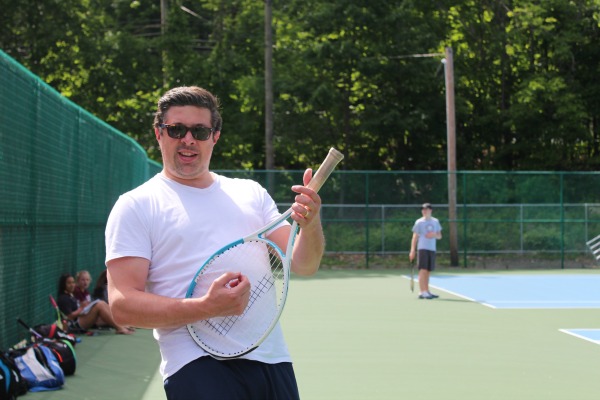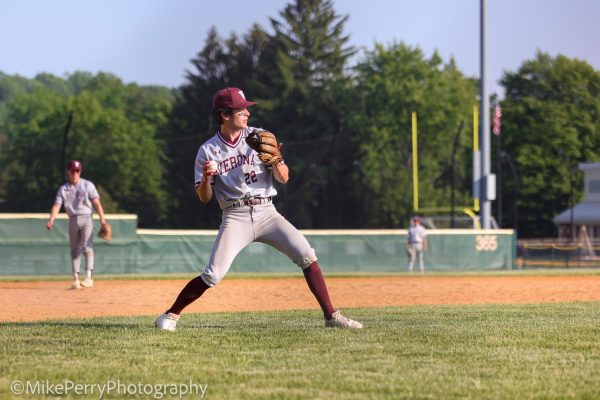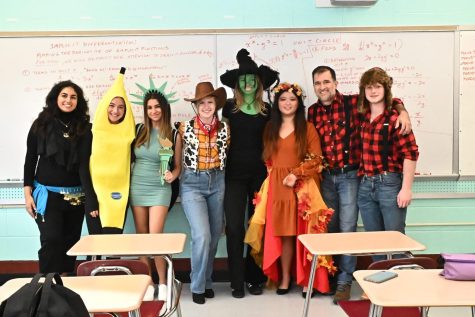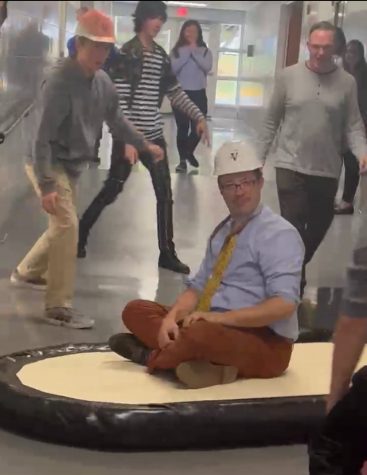College Players: Student-Athletes or College Employees?
College sports are among the most popularly watched programs in the country; some even argue that they are more entertaining to watch than professional. Many of us glorify these athletes and see their life as glamorous and easy-going, and how could we not? Young athletes are handpicked out of high schools to play for top schools while having their education fully or partly funded.
But the reality, at least according to some athletes at Northwestern University, is that they suffer from gruesome hours and working conditions, have various conflict of interests and generally feel disrespected.
For the first time ever college athletes are seeking representation from a labor union and to be recognized as employees of their college or university. Northwestern University football players confided in Ramogi Huma, the president of the National College Players Association, who filed a petition to the National Labor Relations Board.
“Athletes deserve an equal voice when it comes to their physical, academic and financial protections,” Huma argued on the ESPN series Outside the Lines.
Kain Colter, the quarterback for the Northwestern football team, has been the main voice representing the players and he has taken it upon himself to advocate for better conditions for players all across the country. Colter, who also appeared on Outside the Lines claims that, “We love Northwestern. The school is just playing by the rules of their governing body, the NCAA. We’re interested in trying to help all players — at USC, Stanford, Oklahoma State, everywhere. It’s about protecting them and future generations to come.”
Jason Kirk from SBNATION broke down the life of a regular college athlete at Northwestern University, which shows just how much time these athletes dedicate to the sport. During preseason players will spend from 50-60 hours a week in training, and during the season dedicate 40-50 hours even though the NCAA has capped the maximum amount of practice time to 20 hours a week. The colleges get around this regulation by making extra practices “voluntary” and led by team captains. Players also participate in the spring and summer seasons with 20-25 hours of practice per week. And, we must still remember these young adults are still working to earn a diploma.
Kain Colter is not only the quarterback of the football team, but also once aspired to attend medical school. Colter’s particular conflict of interest came when he needed to take a mandatory chemistry class, but the coaching staff advised him not to because it conflicted with practice time. This meant that Colter had to make up the class another time which resulted in him falling behind in the pre-med required classes; ultimately he switched to a psychology major in order to dedicate more time to football. In his cases, as in others, the time and devotion coaches expect from their athletes often bar these students from working to achieve higher goals related to their education.
The National Labor Relations Board ruled that the football players at Northwestern University can unionize because the amount of time they commit proves that they are employees of the school.
While this is a landmark decision for college sports this verdict only applies to the football team. Other players at the University must take efforts to get themselves unionized as well. The University claims that they are proud of their students for using their education to become young leaders, but the school plans on appealing the decisions, so the future of this case is still unknown. If the ruling does stand it will be a significant win for student athletes at private universities. The National Labor Relations Board only oversees private sector employees so their decision to unionize athletes would only apply to those that attend private universities. The majority of Division I colleges are public, meaning that the decision whether these athletes can unionize will be up to the government.
“Imagine a university’s basketball players striking before a Sweet 16 game, demanding shorter practices, bigger dorm rooms, better food and no classes before 11 a.m.,” argued Tennessee Senator Lamar Alexander to the New York Times. “This is an absurd decision that will destroy intercollegiate athletics as we know it.”
Another important argument that has risen is centered around what every other American worries about, taxes. If the players do become a part of a union this means that their scholarships could be taxed since it is considered part of their pay.
There are still many more facts and details that will be considered around this case. Even though this was a huge step for college athletes, their fight is not over, the conflict just got off the ground the debate will continue. As of now experts are still unsure of what the future of college athletes will be.

